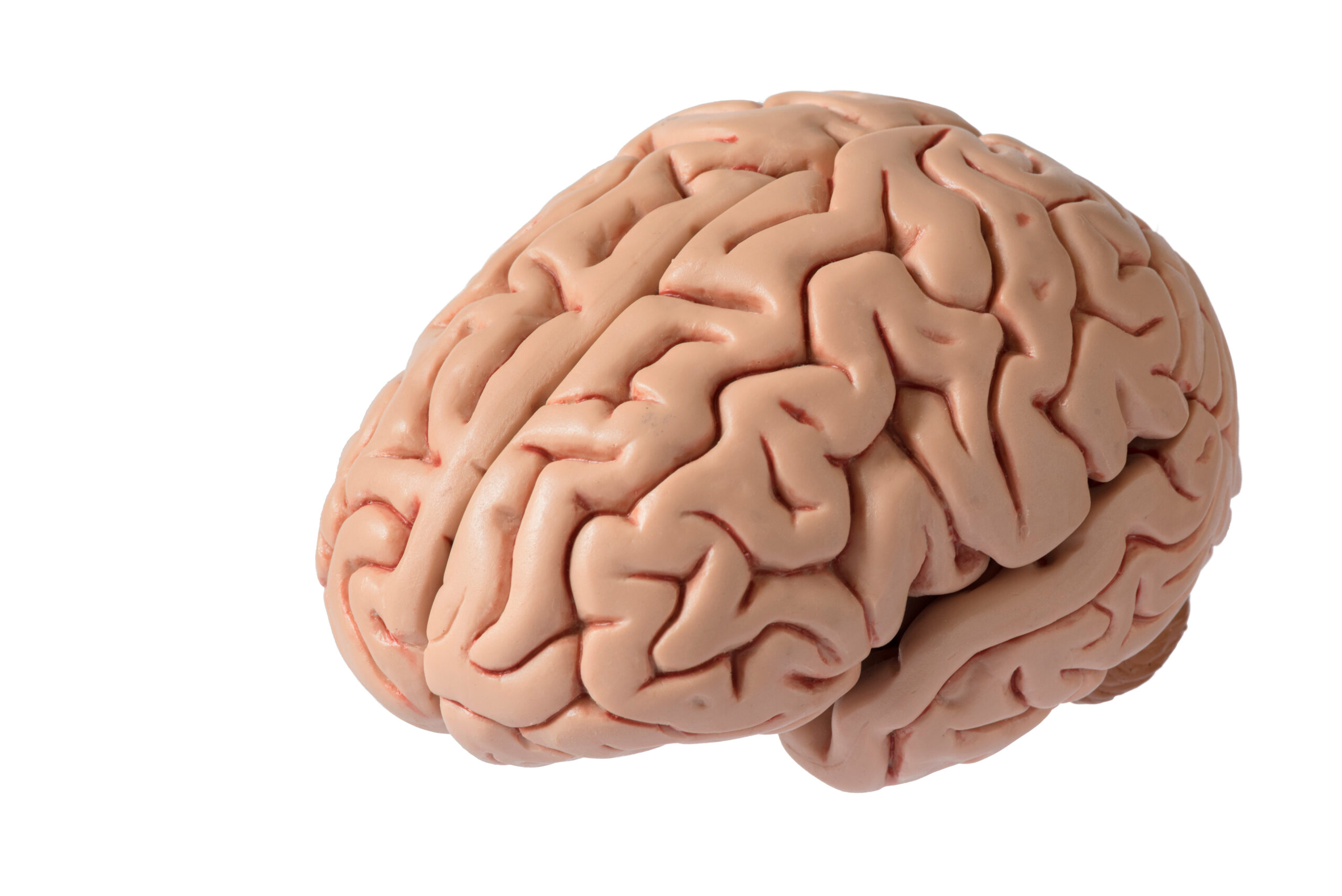Why Your Reluctance to Dance Might Signal Early Motor Decline
### Why Your Reluctance to Dance Might Signal Early Motor Decline
Dancing is a fun and engaging activity that can bring joy to people of all ages. However, if you find yourself reluctant to dance, it might be more than just a matter of personal preference. In some cases, a lack of enthusiasm for dancing could be an early sign of motor decline. Let’s explore why this might be the case and what it could mean for your overall health.
#### Understanding Motor Decline
Motor decline refers to the gradual loss of physical abilities, such as strength, coordination, and balance. This can be due to various factors, including aging, neurological conditions, or even lifestyle choices. Early detection of motor decline is crucial because it can help you take preventive measures to slow down the process.
#### The Role of Motor Skills in Dancing
Dancing involves a combination of motor skills, including balance, coordination, and rhythm. These skills are essential for performing even the simplest dance moves. When you dance, your brain sends signals to your muscles, which then move in a coordinated manner to create the desired movements. If your motor skills are declining, you might find it harder to execute these movements smoothly.
#### Signs of Motor Decline
If you notice any of the following signs, it could indicate early motor decline:
1. **Difficulty with Coordination**: You might find it challenging to keep your balance or perform simple movements like walking or climbing stairs.
2. **Reduced Strength**: You may notice that you’re not as strong as you used to be, making everyday activities more strenuous.
3. **Slower Reflexes**: Your reflexes might be slower, making it harder to react quickly to changes in your environment.
4. **Fatigue**: You might feel more tired than usual after engaging in physical activities, even if they seem minor.
#### How Reluctance to Dance Can Be a Sign
If you find yourself avoiding dance activities because you feel clumsy, uncoordinated, or simply don’t enjoy it as much as you used to, it could be a sign of early motor decline. Here are some specific reasons why:
1. **Loss of Rhythm**: As your motor skills decline, you might struggle to keep the rhythm of music, making dancing more difficult.
2. **Coordination Issues**: Simple dance moves like twirling or tapping your feet might become challenging due to coordination problems.
3. **Balance Problems**: You might feel unstable or wobbly while dancing, which can be discouraging and lead to a reluctance to participate.
#### What to Do If You Notice These Signs
If you’re experiencing any of these symptoms, it’s essential to consult with a healthcare professional. They can help diagnose the underlying cause of your motor decline and recommend appropriate treatments or exercises to improve your motor skills.
In the meantime, here are some tips to help you stay active and engaged:
1. **Start with Simple Exercises**: Begin with gentle exercises like stretching or yoga to improve your flexibility and balance.
2. **Join a Dance Class**: Enroll in a dance class specifically designed for people with motor skill challenges. These classes often focus on slow and controlled movements that can help you regain your confidence.
3. **Use Assistive Devices**: If necessary, use assistive devices like canes or walkers to help with balance and stability.
### Conclusion
While it’s natural to feel less enthusiastic about dancing as we age, a sudden or persistent reluctance to dance could be an early warning sign of motor decline. By recognizing these signs and taking proactive steps, you can potentially slow down the decline and maintain your physical abilities for longer. So, don’t hesitate to lace up those dancing shoes and get moving – it might just be the best decision you make for your health





